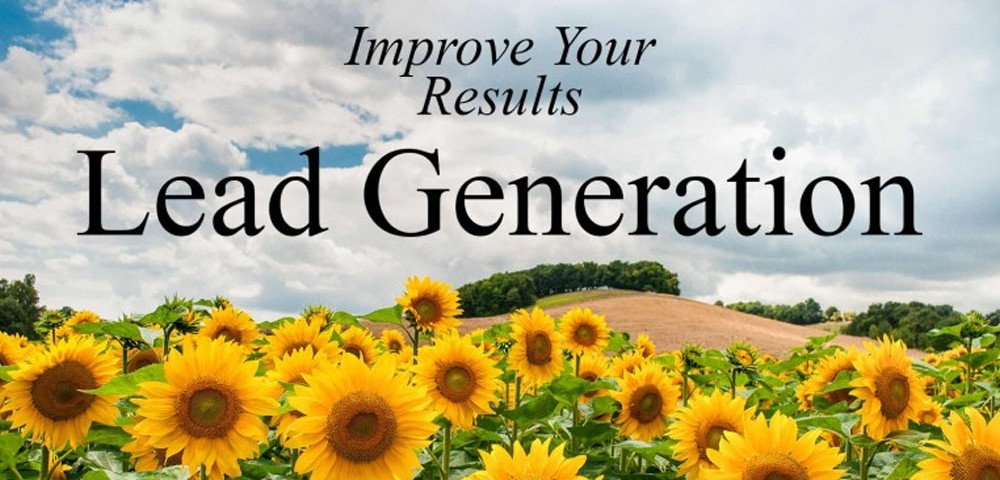Landing page is here to stay!

The What, Why and How of Successful Business Blogging
December 14, 2015
Has Google Killed Off Local Search?
January 6, 2016
Landing pages are a critical component of online marketing and web design.
Effective landing pages play a significant role in the success of your website goals
and the success of our business.
What is a landing page?
To understand the true meaning of a landing page, it’s important to understand why most users visit your website.
There are two types of website visitors:
- Those who go directly to your home page
- Those who find themselves on one of your landing pages
The first group likely typed your name or your web address in a search engine, which led them to your home page. This group has already heard or read something about you, used your products or has conducted business with you in some way.
The second group likely clicked on a search engine optimized search result or an online advertisement and found themselves on one of your landing pages. In most cases, this group of people are not familiar with your business or what you have to offer. They need to be convinced to trust you enough to do what you ask of them.
A landing page is a single web page created to engage your visitors to complete one particular action – purchase something, subscribe to your blog, go to another page, give feedback, or take an action that moves them further into your sales funnel.
What is the difference between a home page and landing page?
Landing pages live separately from the website and they are usually created for a specific marketing campaign. This should be a very simple, standalone page with no distractions. Most do not have a navigation bar, extra links or any other elements tied to your website.
Your home page serves as the starting point of your website and it is used to facilitate navigation to other pages within that site.
Some of the common elements found on a home page include:
- Calls-to-action
- Links to social media
- Search bar or field
- Contact information
- Video or slideshow
Unlike a landing page, which has only one purpose, a home page should encourage visitors to explore the rest of the website.
Why should you use a landing page?
Your website is never going to convert visitors into leads as well as a well-crafted landing page. Your website must meet the needs of various verticals, client segments and buyer personas and it is easy for this broad spectrum of visitors to be distracted and fail to take your desired action. Your landing page is typically focused to one vertical, client segment or buyer persona, and as previously mentioned, it contains no distracting links or unrelated information. Therefore, it allows targeted visitors to focus their attention on what you have to offer much more effectively.
Using landing pages as part of your marketing campaign provides a highly targeted approach. Done well, it can successfully attract a specific audience, generate leads and convert sales. In addition, it can increase online traffic, build brand awareness and develop trust. Your landing page can help collect data about your visitors, provide fuel for other marketing channels, offer insights into the effectiveness of your marketing offer and more.
Which type of landing page is the best for your business?
The landing page is a very important part of your online marketing and is the foundation for every campaign.
For an online marketing campaign to be successful, the proper landing page must be used. There are two types of landing pages and each is suited to a different type of online marketing:
- Lead generation landing page – A lead generation landing page is most commonly used to collect visitor information – their name, email and phone number. In return for submitting personal data, the visitor typically receives something of value – eBook, free trial, professional consultation, webinar registration, or whatever makes the most sense for your industry and campaign. If you wish to collect more specific information, you may want to use a multi-step form; however, the more steps required of your visitor, the lower your desired results will be. Once valuable information is acquired, communication on a more personal level can be established via email. This creates an excellent opportunity for converting prospects into loyal customers.
- Click-through landing page – Marketers use this type of landing page to get visitors to click through to another page. It is also called a “jump page” and often used for eCommerce. More than 95% of visitors are not prepared to complete the purchase immediately. When they visit the click-through landing page, the only way to find out more about the offer is to click through to the destination page. The destination page is typically the shopping cart or the registration page. The role of a click-through landing page is to entice visitors to find more information about a new product or service and further influence their purchase decision.
What every landing page must have
The main elements of a successful, lead generating, conversion-increasing landing page are:
- Headline – The headline is your bait. It is the first thing visitors see when they land on your page. You have only a couple of seconds to catch their attention. The headline has to be simple, straight forward, compelling and concise. Visitors must trust you and the first step to creating trust is creating a headline that matches their search queries and the content and intent of your page. In the supporting headline you can provide extra information to clarify the offer.
- Copy – In addition to the headline, your copy must also match your visitor’s expectations in order to effectively increase your conversion rate. The landing page content should explain your offer in more detail. Keep it simple. Bullet points can draw the attention of your readers and quickly outline out the benefits of your offer. Also, by carefully focusing the landing page copy around one keyword or phrase, you increase your chances of improving your website position in the search rankings for that keyword.
- One call to action – Do not forget that your landing page should be centered on one single conversion goal. It is the sole purpose of your landing page. That conversion goal is presented in the form of a Call-To-Action button. It needs to be visually distinct and with appropriate wording in order to invoke quick visitor’s reaction.
- Image – In addition to writing a great headline and copy, you’ll need exceptional imagery to make your landing page visually appealing. An image which is related to your offer and eye-catching at the same time will entice your viewer to read your copy.
The value of having more than one landing page
Studies reveal that websites with 10 to 15 landing pages increase conversion rates by more than 55% in comparison to websites with less than 10 landing pages. Furthermore, websites with more than 40 landing pages increase conversions by more than 500%. You should create a landing page for every new marketing campaign rather than send campaign traffic to your homepage so that the attention of your visitor is directed to the desired interactive element on the page (Call to Action). Increasing the number of effective landing pages means more conversion opportunities, more targeting opportunities and more inbound marketing opportunities.
Search engine optimized websites usually have many landing pages. The more optimized landing pages your website has, the better your chances of ranking high in search engine results and of having your website found under more keywords that are relevant to your business. The good news is that you cannot overdo it.
The more effective landing pages you have, the more leads you’ll get.
What is the magic formula for an effective landing page?
Every campaign is different. Here are some important tips:
- Too much text – too much text takes too much time to read, they will leave in a heartbeat.
- Multiple calls to action – creates confusion. Studies show that too many options cause visitors to abandon making any choice at all.
- The headline and content must be clear, compelling and specific.
- Design must be attractive and easy on the eyes.
Not getting the results you need is more expensive than hiring an expert who understands your goal, your client and your business.
Are you ready to create a lead generation campaign or simply have questions? Give us a call or reach out to us here.






